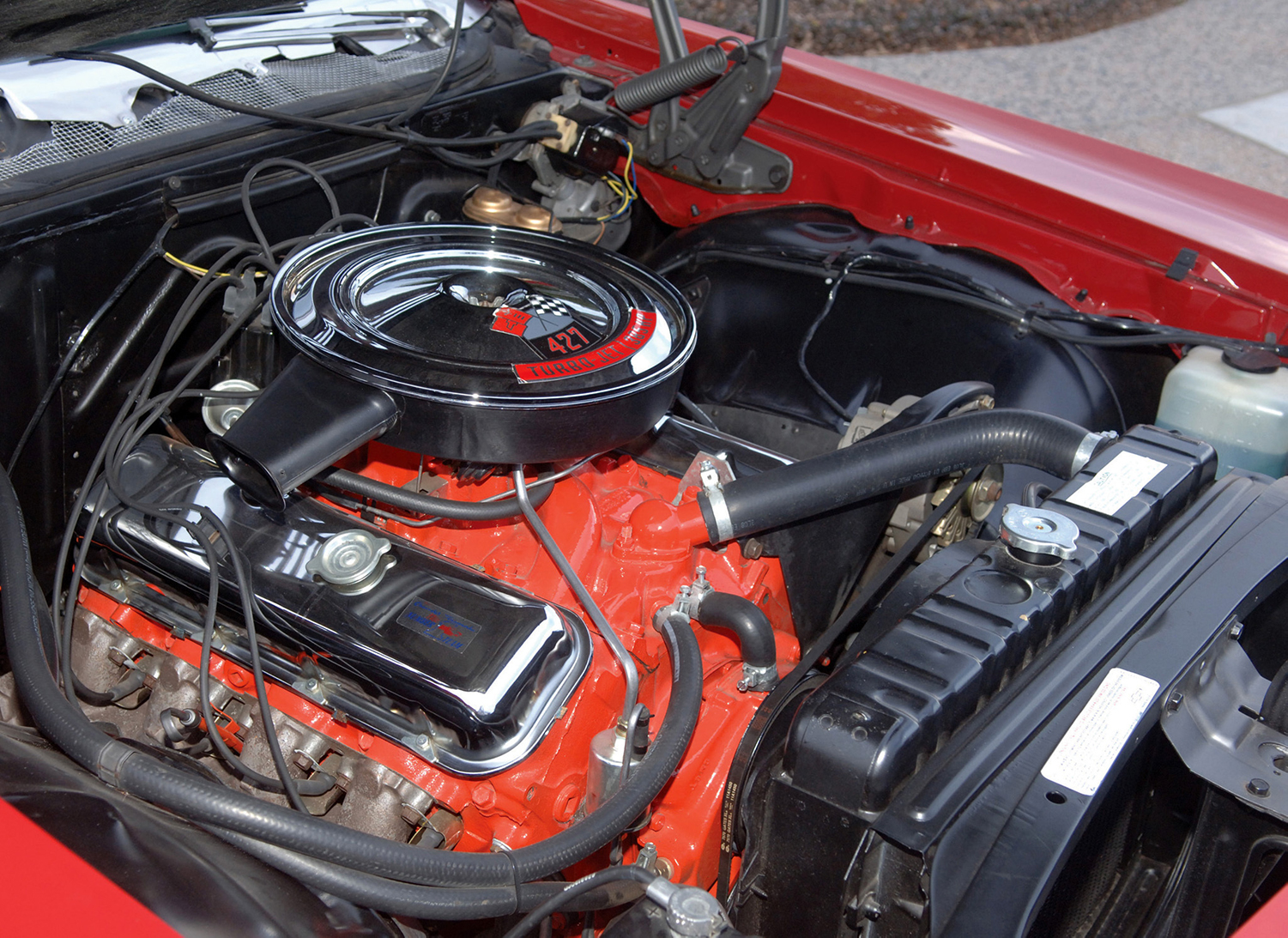The 1965–70 Chevy Impala is riding a popularity rollercoaster
The 1965–70 Chevrolet Impala doesn’t look like a rollercoaster car, but when it comes to the Hagerty Vehicle Rating, it has been impersonating one for three years. At least its HVR has leveled out of late… near the bottom, unfortunately.
[What’s the Hagerty Vehicle Rating? The HVR, based on a 0–100 scale, considers the quantity of vehicles insured and quoted through Hagerty, along with auction activity and private sales results. A vehicle that is keeping pace with the overall market has an HVR of 50. Ratings above 50 show above-average market interest, while vehicles with a sub-50-point rating are lagging. The HVR is not an indicator of future collectability, but it says a lot about what’s trending hot and what’s not.]
Chevy’s entire big-car lineup received a styling overhaul for 1965. The fourth-generation Impala was offered in a dizzying number of body styles—two-door convertible, two-door hardtop coupe, four-door hardtop coupe, four-door hardtop sedan, four-door sedan, four-door two-seat station wagon, and four-door three-seat wagon—and an equally dizzying number of engine specs. Powerplants ranged from a 230-cubic-inch, 140-horsepower, single-barrel inline-six to a 396-cu-in, 425-hp, four-barrel L78 V-8 high-performance option with mechanical lifters, aluminum intake, large Holley four-barrel, and hotter cam.



The public was all-in on the new Impalas. Of Chevrolet’s total 1965 production of nearly 2.3 million automobiles, more than one million of them were Impalas, which set an all-time industry record. Another vehicle stole the media spotlight that year on its way to becoming an automotive icon, but that sporty new Ford Mustang was only the second-largest seller of ’65.
After remaining relatively unchanged for 1966, the curvaceous Impala Sport Coupe arrived in ’67, and strong Impala sales continued through 1970, the final year of the fourth-generation’s six-year run. In 1971, an even bigger Impala hit the showrooms.
Today, 1965–70 Impalas in #2 (excellent) condition are valued at $31,100, while a #3 (good) example is worth about $22,000.
“These cars are still fairly popular, but valuation hasn’t seen much movement for quite some time,” says Hagerty valuation expert Greg Ingold. “Special cars, such as 427-equipped cars, have enjoyed some increases over the past few pricing updates. The big one is wagons, which have enjoyed an increase in value for more interesting variants, such as 396- and rarer 427-powered examples.”
So if values haven’t seen any major rises or falls of late, what’s up with the Hagerty Vehicle Rating? The highest HVR for 1965–70 Impalas was 67 in September 2016. Not exactly smoking hot, but certainly ahead of the market average. Then came a free fall from 63 points in September 2017 to 37 in November 2017. By July 2018, the Impala’s HVR was at its lowest, 26 points, before it climbed back to 54 in January 2019. Now it has posted three straight HVR scores of 34.
20191010155410)
Of all the vehicles in the Hagerty Vehicle Rating, the ’65–70 Impala is currently ranked 1177th.
Ingold says two factors have caused the Impala’s three-year HVR score to jump up and down like an electrocardiogram: quoting activity and the number offered at auction. Currently, both of those numbers are down. “Since values haven’t moved much, it’s more a question of popularity,” Ingold says.
Unlike when Impalas were new, the “gotta have it” factor seems to be waning. Of course, the way things have been going, we may only have to wait patiently before the fourth-gen Impala becomes popular again.
20191010155520)
20191010155527)
20191010155405)
20191010155416)
20191010155534)
20191010155607)


